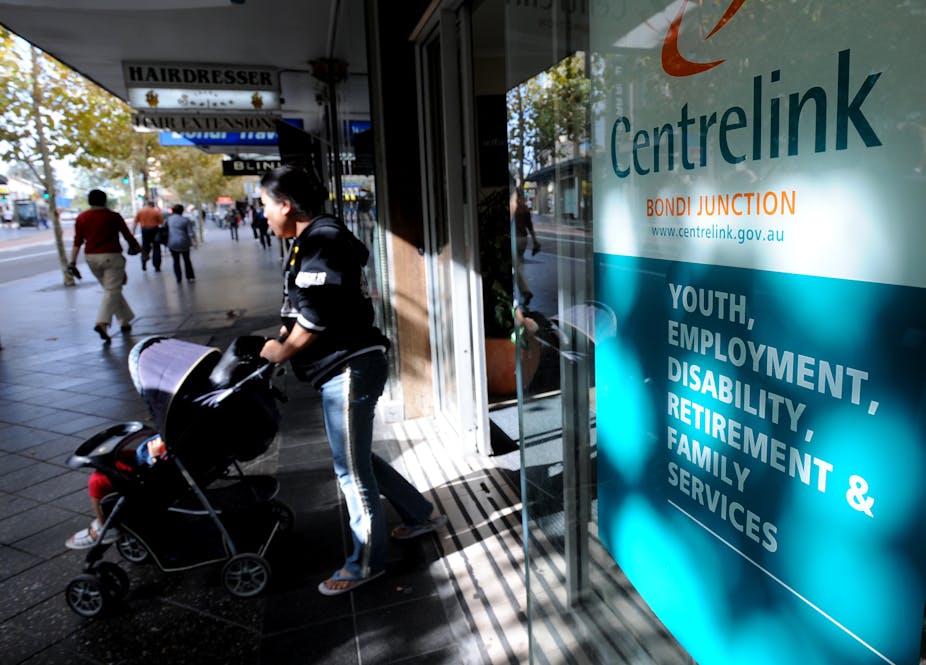FEDERAL BUDGET 2011: In recent decades, the budget surplus has become a goal in itself and an obsession for governments.
In the process, we have lost some perspective on what kind of social and economic outcomes that we want to have as a society.
This has serious implications for the development of gender equality in Australia.
Contrary to what is often assumed, we still have a long way to go towards achieving equality between men and women.
Australia has signed various international agreements, such as Convention on the Elimination of Discrimination against Women, as well as our own national policies that aim to promote gender equality.
But when it comes to budget time, issues around gender-equality seem to fall out of focus.
There will be serious implications for different groups of people in society if we pursue this road towards surplus.
Julia Gillard and Wayne Swan have signalled that next week’s budget will lower the deficit by cutting spending rather than increasing taxes.
There are consequences around what type of spending cuts the government makes.
If the cuts are drastic and ill-considered, then we are in danger of reversing trends towards gender equality.
This is partly because we’re not doing sufficient analysis of what the differing flow-on affects of spending cuts will be on men and women.
Australia was a pioneer in introducing an official gender-impact of the budget under the Hawke government in 1983. It became famous internationally.
Up until last year, we have always maintained some for of gender impact-assessment of the budget. But last year, for the first time and without justification, it was eliminated.
The United Nations recently reported that more than 90 countries around the world now have introduce measures to assess the gender impacts of their budgets. But the grandmother of them all - Australia - has ceased to do this.
Even developing countries, including Indonesia and and East-Timor, are developing gender-impact assessments of their budgets.
This was an Australian policy development, and it is now gone.
Uneven impact
If men and women held the same social and economic positions, then there wouldn’t be a debate about gender issues around the budget.
But we do occupy different postions, and if you introduce spending cuts then there will be differing impacts.
Expenditure cuts generally target the public sector, and the public sector is a very important employer of women.
It’s also an employer with particularly good working conditions for women, with good arrangements for parental leave and care leave.
Cutting public sector jobs is likely to disproportionately affect women, and consequently, worsen their social and economic status.
Painful cuts
Another issue is the fact that a larger proportion of women’s income is made up of government benefits and tax rebates. Women are more likely to depend on Centrelink payments.
So if you start to play with spending cuts and tax rebates, you are likely to have an unequal impact on women.
Women also tend to use public services more than men. They use them firstly to meet their own needs, such as health, because women are the ones who get pregnant and they tend to live longer.
But they are also more dependent on services because they have lower earnings and lower wealth.
Women also have more care responsibilities than men in society, so they’re accessing public services for care services for their children or other people they look after, such as the sick, disabled or elderly.
Clearly, women are men are likely to experience different impacts from budget cuts because of their differing levels of dependency on public services.
The sleeper issue here is transfer of cost to women for paying for basic services and taking up the greater burden of doing unpaid work.
Unpaid work has a significant economic value, but when we’re talking about the economy we don’t take it into account. We assume that it will always be there.
Increasingly, it’s more and more difficult for women to pick up those responsibilities. So if we beginning to see big cutbacks in government services, while women are also losing their jobs, then women share a bigger burden.
The cutbacks in mental health spending over many years, for example, has placed a larger burden on women to care for family members who are mentally ill.
In this budget, the government is planning to focus on increasing the number of people able to work by moving people with more disabilities and young single mothers into the workforce.
The motivation here is to keep labour costs down by high maintaining the amount of labor available to business. But if the enforcement of these policies is punitive, you end up putting these people in a bind.
The budget might consider removing policies and measures that benefit high-income people with the aim of addressing equality, but those groups tend to be more organised and have stronger political influence.
A ‘fair go’ in Australia has included a commitment to gender equality. In the absence of any analysis of the differential impact of spending cuts on men and women this commitment will be difficult to sustain.
Deficit reduction is as much a political strategy as an economic one. It will produce winners and losers and uncertain benefits for the economy as a whole.
If the current focus is maintained for the next two year then the odds are stacked against most women being amongst the winners.

